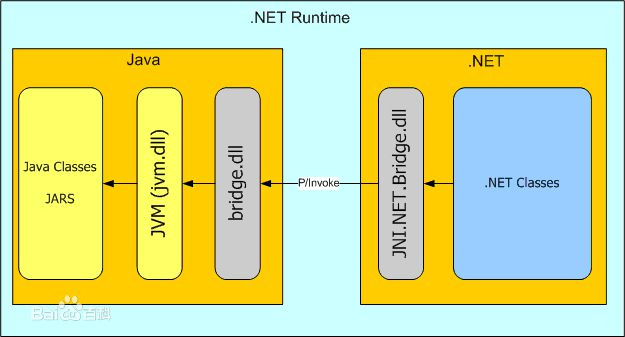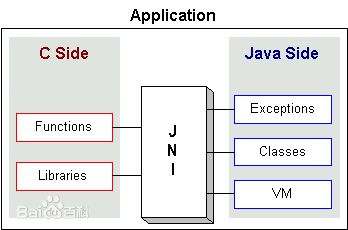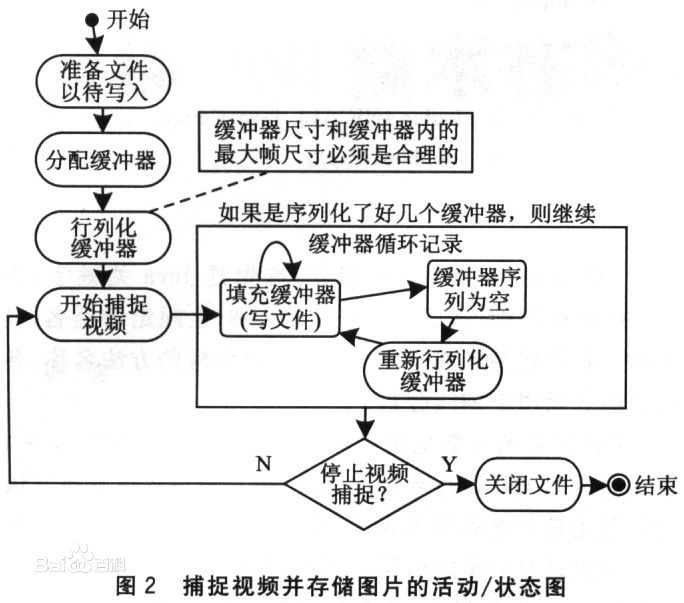1、通过JNI和c/c++的库组件、其他代码交互
2、java和c不能互通的原因时数据类型问题
Introduction https://docs.oracle.com/javase/8/docs/technotes/guides/jni/spec/intro.html#java_native_interface_overview
This chapter introduces the Java Native Interface (JNI). The JNI is a native programming interface. It allows Java code that runs inside a Java Virtual Machine (VM) to interoperate with applications and libraries written in other programming languages, such as C, C++, and assembly.
The most important benefit of the JNI is that it imposes no restrictions on the implementation of the underlying Java VM. Therefore, Java VM vendors can add support for the JNI without affecting other parts of the VM. Programmers can write one version of a native application or library and expect it to work with all Java VMs supporting the JNI.
This chapter covers the following topics:
- Java Native Interface Overview
- Historical Background
- Objectives
- Java Native Interface Approach
- Programming to the JNI
- Changes
Java Native Interface Overview
While you can write applications entirely in Java, there are situations where Java alone does not meet the needs of your application. Programmers use the JNI to write Java native methods to handle those situations when an application cannot be written entirely in Java.
The following examples illustrate when you need to use Java native methods:
- The standard Java class library does not support the platform-dependent features needed by the application.
- You already have a library written in another language, and wish to make it accessible to Java code through the JNI.
- You want to implement a small portion of time-critical code in a lower-level language such as assembly.
By programming through the JNI, you can use native methods to:
- Create, inspect, and update Java objects (including arrays and strings).
- Call Java methods.
- Catch and throw exceptions.
- Load classes and obtain class information.
- Perform runtime type checking.
You can also use the JNI with the Invocation API to enable an arbitrary native application to embed the Java VM. This allows programmers to easily make their existing applications Java-enabled without having to link with the VM source code.




JNI_百度百科 https://baike.baidu.com/item/JNI/9412164?fr=aladdin
| Java 类型 | 本地 C 类型 |
实际表示的 C 类型
(Win32)
| 说明 |
|---|---|---|---|
| boolean | jboolean | unsigned char | 无符号,8 位 |
| byte | jbyte | signed char | 有符号,8 位 |
| char | jchar | unsigned short | 无符号,16 位 |
| short | jshort | short | 有符号,16 位 |
| int | jint | long | 有符号,32 位 |
| long | jlong | __int64 | 有符号,64 位 |
| float | jfloat | float | 32 位 |
| double | jdouble | double | 64 位 |
| void | void | N/A | N/A |
